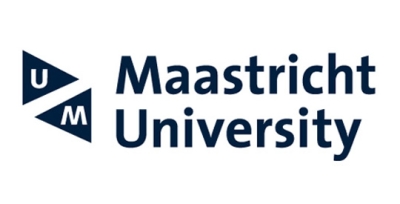Automatic recognition of anatomical structures to reduce animal experiments
The OMEGA project aims to develop novel artificial intelligence software methods to automatically recognise anatomical structures in Computed Tomography (CT) images of small animals used in disease studies. The University of Maastricht is teaming up with a Dutch industrial partner, SmART Scientific Solutions BV, to develop the software.
Preclinical experiments using rodents are essential to gain fundamental insights in various diseases such as cancer, and to develop new cures that can be successfully introduced into the clinic. In the animal model and their CT images, it is often needed to delineate certain anatomical structures. This is now done mostly manually, in a very time-consuming and error-prone fashion. An automatic procedure would be up to a hundred times faster, lead to more accurate results, save expenses, and in many cases drastically reduce the number of animals needed.
The project will use novel artificial intelligence techniques, such as ‘deep learning’, in which a computer model will be taught to recognise rodent anatomical structures in a large training dataset. This dataset is collected from previously performed animal datasets, so no new animal datasets are required for OMEGA. Once trained for various anatomical sites, the model will be able to recognise anatomical structures in previously unseen cases. Training the model can take several hours, but once trained, the model can handle new cases in seconds. This will make animal experimentation more efficient but will also allow repeated animal imaging, which is now often impossible or highly inefficient.
The main deliverable of the project is software for preclinical diseases studies, that will be accessible to the medical research community. The model will be designed so it can be extended to a variety of anatomical sites and disease model.


